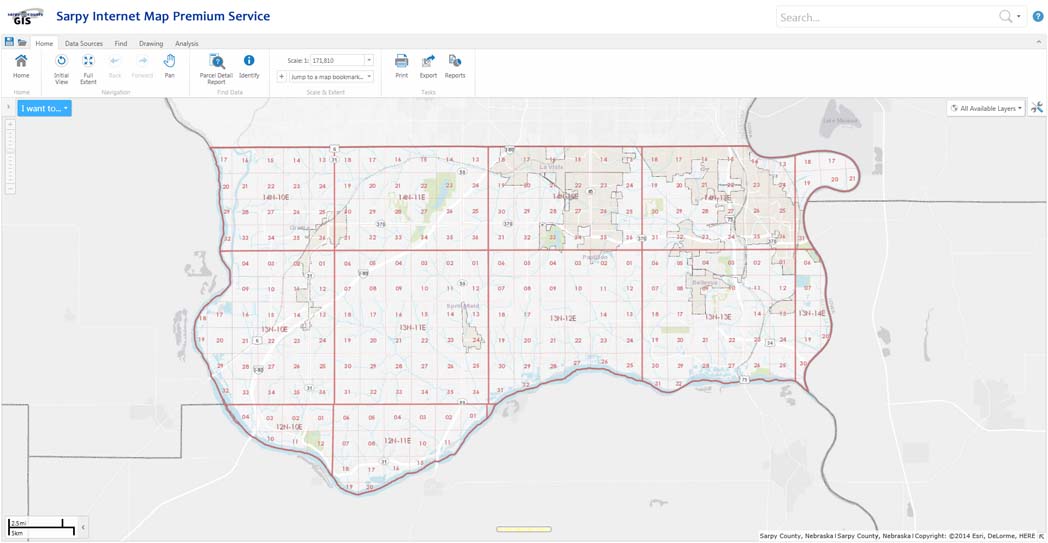5 Ways to Compare Names on Two Excel Sheets

5 Ways to Compare Names on Two Excel Sheets

Comparing names on two Excel sheets can be crucial for tasks like data consolidation, deduplication, or verification of lists. Whether you're managing a CRM system, sorting through employee records, or ensuring the accuracy of mailing lists, Excel provides several effective methods to perform this comparison. Here are five practical ways to compare names across two sheets:
1. Using Conditional Formatting

Conditional Formatting is a visual approach to highlight differences or matches between two lists:
- Select the range of names on the first sheet.
- Go to Home > Conditional Formatting > New Rule > Use a formula to determine which cells to format.
- Enter the formula: `=COUNTIF(Sheet2!A:A,A1)=0` to highlight names not found in Sheet2.
- Set the format to change the background color or apply a different font style.
This method visually marks discrepancies, making it easy to identify unmatched entries at a glance.
2. VLOOKUP Function

VLOOKUP is useful for searching for values in one column of a table and returning results from another:
- In the first sheet where you want to compare names, select a cell.
- Enter the formula `=IFERROR(VLOOKUP(A1,Sheet2!A:B,1,FALSE),"")`.
- This formula checks if the name in column A exists in Sheet2. If not, it returns an empty string.
By dragging this formula down the column, you'll see matched names with their corresponding value from Sheet2 or an empty cell if there's no match.
3. INDEX and MATCH

This combination provides flexibility, especially when your data isn't sorted or if you're looking to match against multiple columns:
- In the first sheet, select an empty column for results.
- Enter the formula: `=IFERROR(INDEX(Sheet2!B:B,MATCH(A1,Sheet2!A:A,0)),"No Match")`.
- This returns the value from column B in Sheet2 where a match is found, or "No Match" otherwise.
Use this formula for searching for names and returning associated data from another column in Sheet2.
4. Power Query

Power Query offers a robust solution for those needing to merge, compare, and transform data:
- Go to Data > Get Data > From Other Sources > From Table/Range.
- Select the range of names on your first sheet.
- In Power Query, go to Home > Append Queries to merge the second sheet’s data.
- After appending, use the Merge Queries option to match names from both sheets.
This method is ideal for complex data sets, allowing for transformations and comparisons with ease.
5. Using Excel Add-ins

There are several add-ins available for Excel that can automate and simplify the process of comparing names:
- Fuzzy Lookup: Ideal for finding approximate matches, which can handle variations in names.
- Spreadsheet Compare: A free tool by Microsoft to directly compare two workbooks or sheets.
These tools can handle large datasets with fewer limitations than manual methods, offering features like duplicate removal and similarity matching.
🚧 Note: Remember to backup your data before using external add-ins or tools. Always review results manually to ensure accuracy.
In wrapping up, comparing names in Excel can be approached from multiple angles, depending on the complexity of your data and the results you need. Manual methods like Conditional Formatting and VLOOKUP offer straightforward solutions, whereas Power Query and add-ins provide more sophisticated functionalities for larger or more complex datasets. Each method has its advantages, so choosing the right approach depends on your specific requirements and familiarity with Excel.
Can I compare more than two sheets?

+
Yes, you can use tools like Power Query to merge and compare multiple sheets. However, manual methods like VLOOKUP might require nested formulas or helper columns for complex comparisons.
What if there are slight variations in names?

+
For variations in names, use fuzzy matching techniques. Excel Add-ins like Fuzzy Lookup can handle these discrepancies better than standard Excel functions.
Are there any limitations to using Conditional Formatting for comparison?

+
Conditional Formatting has a limit on the number of rules you can set, and it might become cumbersome for very large datasets. It’s best for small to medium-sized lists.



